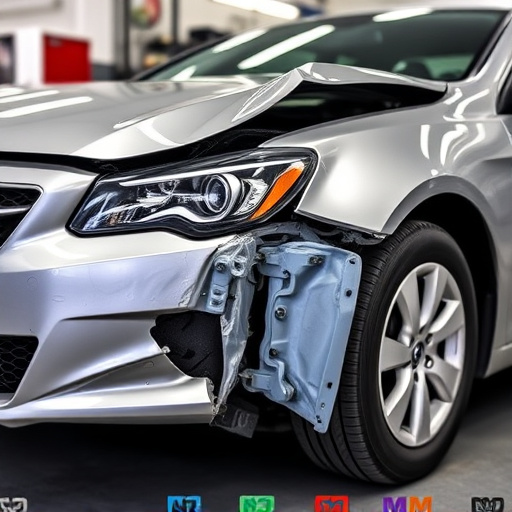The insurance industry has transformed its estimate review processes from manual, time-consuming paperwork to digital platforms, revolutionizing claims handling. This shift ensures accurate damage assessments, empowers policyholders in decision-making, and promotes fairness by combating cost inflation for minor repairs. Advanced software enables real-time data sharing, automated calculations, and faster turnaround times, enhancing customer satisfaction. The future includes AI integration for predictive analysis and fraud detection, promising even more precise and efficient insurance estimate reviews.
Insurance Estimate Review (IER) has undergone a remarkable metamorphosis, revolutionizing the industry. From manual, time-consuming processes, IER has evolved into a sophisticated, digital-driven landscape. This article explores the historical perspective of IER’s evolution, its profound impact on transparency and consumer protection, and how digital transformation is shaping the future of efficient estimation reviews. Discover how these changes have forever altered the way insurance companies assess and manage risks.
- The Evolution of Insurance Estimate Review: A Historical Perspective
- Impact on Transparency and Consumer Protection
- Digital Transformation: The Future of Efficient Estimation Reviews
The Evolution of Insurance Estimate Review: A Historical Perspective

The evolution of insurance estimate review is a testament to the industry’s ability to adapt and innovate. Historically, insurance estimate reviews were a cumbersome process, often involving manual assessments and paper-based documentation. This method was time-consuming, prone to errors, and lacked standardization across different providers. Insurers would receive claims for auto bodywork or collision repair center services, then manually compare these against pre-set guidelines and industry standards.
Over time, the need for a more efficient, accurate, and transparent system became evident. This led to the digital transformation of insurance estimate review processes. Today, advanced software platforms enable real-time data sharing, automated calculations, and precise assessments of auto repair services. This shift has not only streamlined claims processing but also enhanced customer satisfaction by providing clearer, faster, and more reliable estimates for collision repairs.
Impact on Transparency and Consumer Protection

The advent of insurance estimate review processes has brought about a significant transformation in the industry, particularly in terms of transparency and consumer protection. By mandating detailed and accurate assessments of damage, these reviews ensure that policyholders receive fair compensation for valid claims. This shift has empowered consumers to make informed decisions when choosing repair options, such as trusted auto repair shops offering quality car bodywork services.
Previously, the absence of standardized insurance estimate review practices led to instances where dishonest mechanics exploited consumers by inflating costs for simple repairs like dent removal. However, with review processes in place, policyholders can now verify the reasonableness of estimated costs, ensuring they are not overcharged for services, including auto repair shop visits and car bodywork repairs. This increased transparency builds trust between consumers and insurance providers, fostering a more robust and ethical industry.
Digital Transformation: The Future of Efficient Estimation Reviews

The digital transformation has revolutionized the way insurance estimate reviews are conducted, ushering in a new era of efficiency and accuracy in the industry. Traditional methods, often involving manual paperwork and time-consuming processes, have been replaced by streamlined digital platforms and advanced technology. Insurers now leverage sophisticated software tools that automate data collection, enabling faster processing times for claims estimates. This shift has not only improved administrative productivity but also enhanced customer satisfaction by providing quicker turnaround times for repairs, be it at a body shop service or collision center.
Moving forward, the future of insurance estimate reviews looks even brighter with continuous innovations in digital technology. Artificial intelligence (AI) and machine learning algorithms are being integrated to analyze vast datasets, predict repair costs more accurately, and identify potential fraud. As these technologies mature, we can expect even more precise and consistent insurance estimate reviews, reshaping the landscape for both insurers and vehicle repair services alike.
Insurance estimate review has undergone a remarkable metamorphosis, driven by technological advancements and consumer demand for transparency. From manual, time-consuming processes, the industry now benefits from digital transformation, streamlining reviews and enhancing accuracy. This shift not only improves efficiency but also fortifies consumer protection, ensuring fair practices and better understanding of coverage options. Looking ahead, the future of insurance estimate review promises an even more seamless, digital-first approach, revolutionizing how policies are assessed and managed for both providers and consumers alike.













